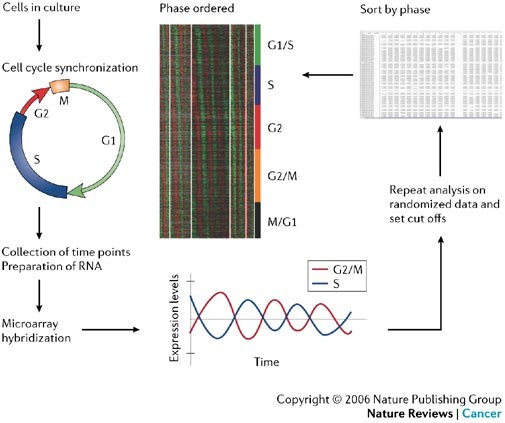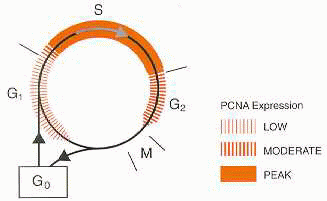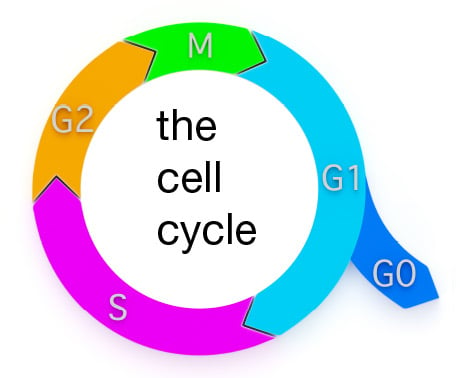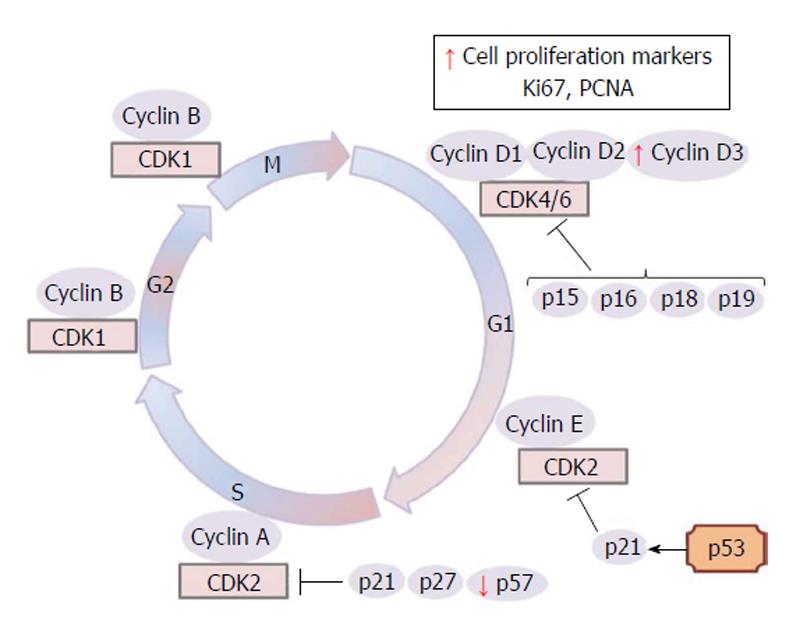
Proliferating cell nuclear antigen promotes cell proliferation and tumorigenesis by up-regulating STAT3 in non-small cell lung cancer - ScienceDirect

Cardiomyocyte cell cycle dynamics and proliferation revealed through cardiac-specific transgenesis of fluorescent ubiquitinated cell cycle indicator (FUCCI) - Journal of Molecular and Cellular Cardiology
Interaction of Proliferation Cell Nuclear Antigen (PCNA) with c-Abl in Cell Proliferation and Response to DNA Damages in Breast Cancer | PLOS ONE

A: Western blot analysis on PCNA (a marker for cell proliferation) and... | Download Scientific Diagram
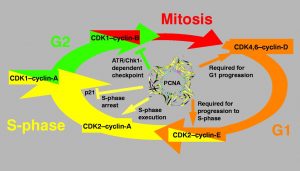
The Role of PCNA in Cell Proliferation - Abbkine – Antibodies, proteins, biochemicals, assay kits for life science research

A cancer-associated PCNA expressed in breast cancer has implications as a potential biomarker | PNAS
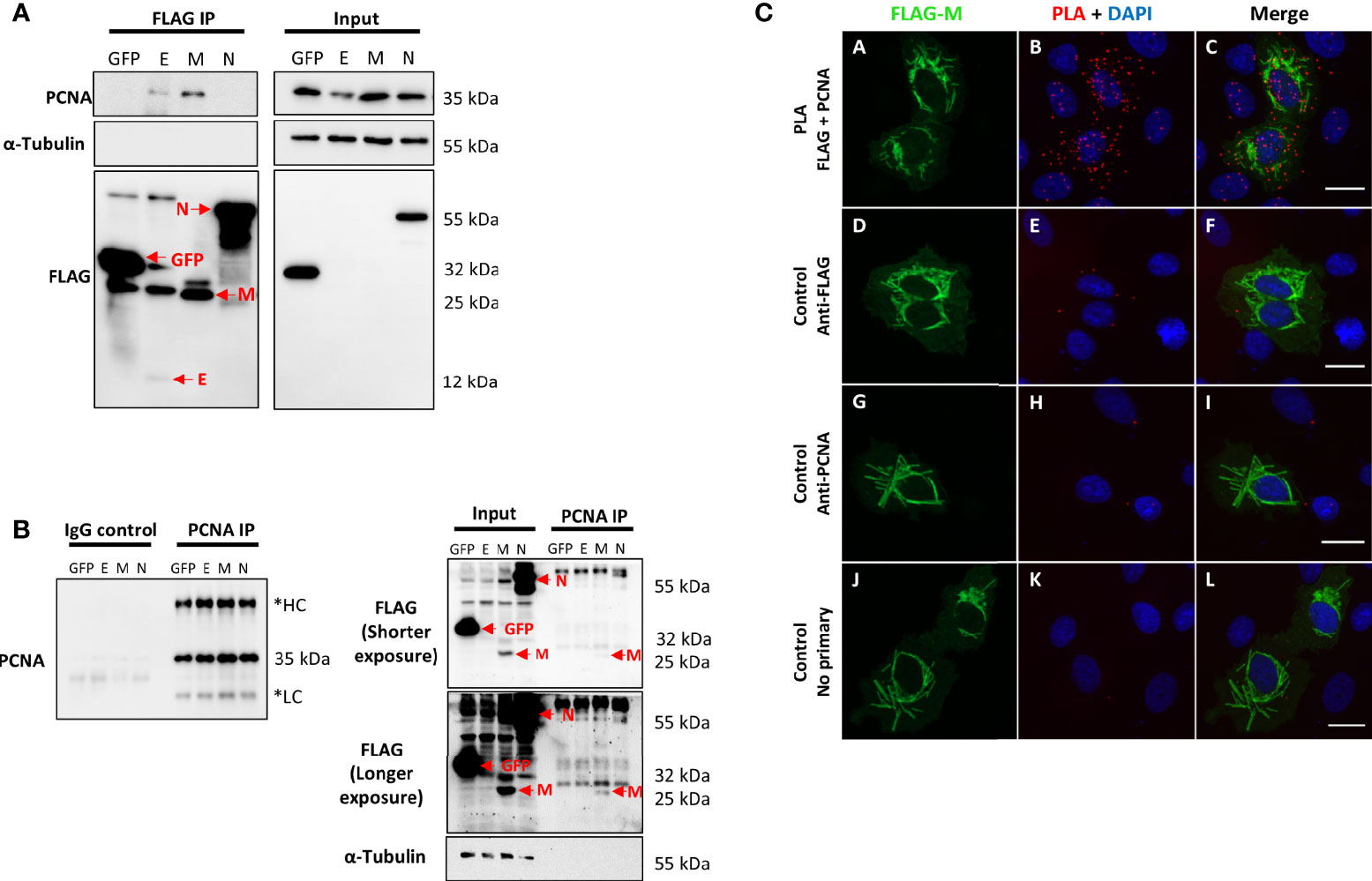
Frontiers | Characterization of the Interaction Between SARS-CoV-2 Membrane Protein (M) and Proliferating Cell Nuclear Antigen (PCNA) as a Potential Therapeutic Target

SNHG5 Promotes Breast Cancer Proliferation by Sponging the miR-154-5p/PCNA Axis: Molecular Therapy - Nucleic Acids
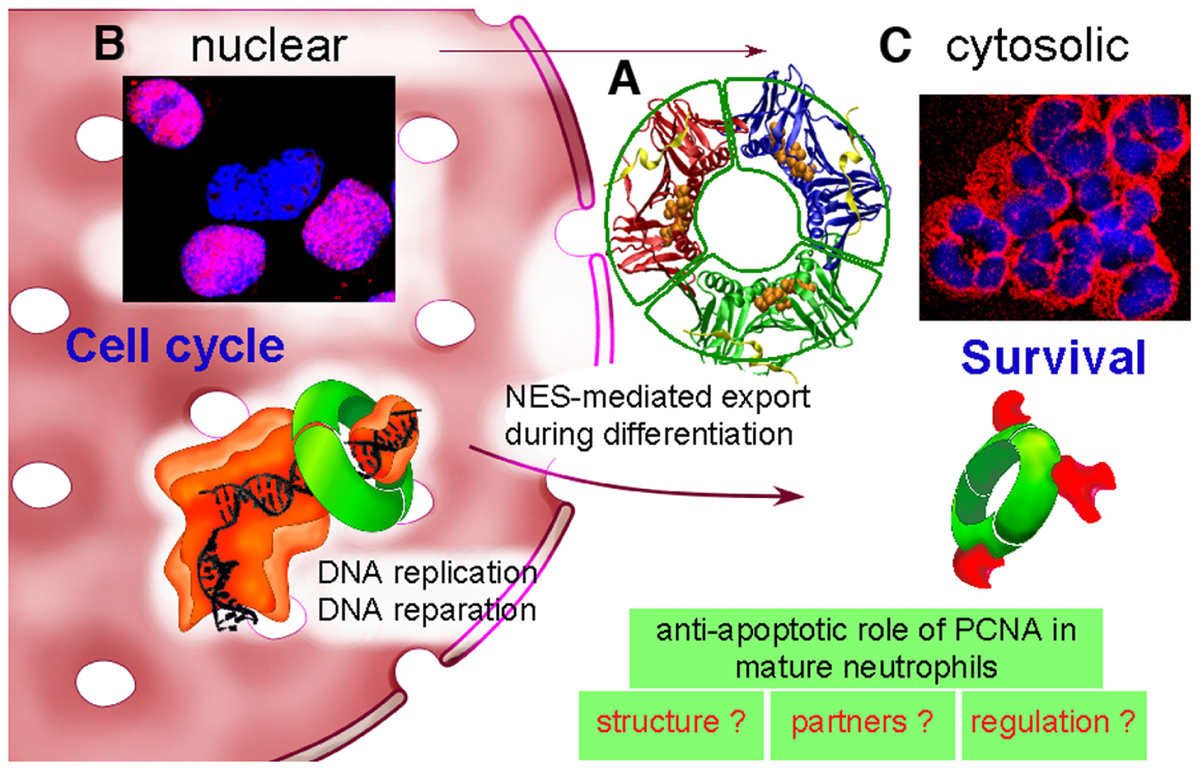
Frontiers | Targeting cytosolic proliferating cell nuclear antigen in neutrophil-dominated inflammation
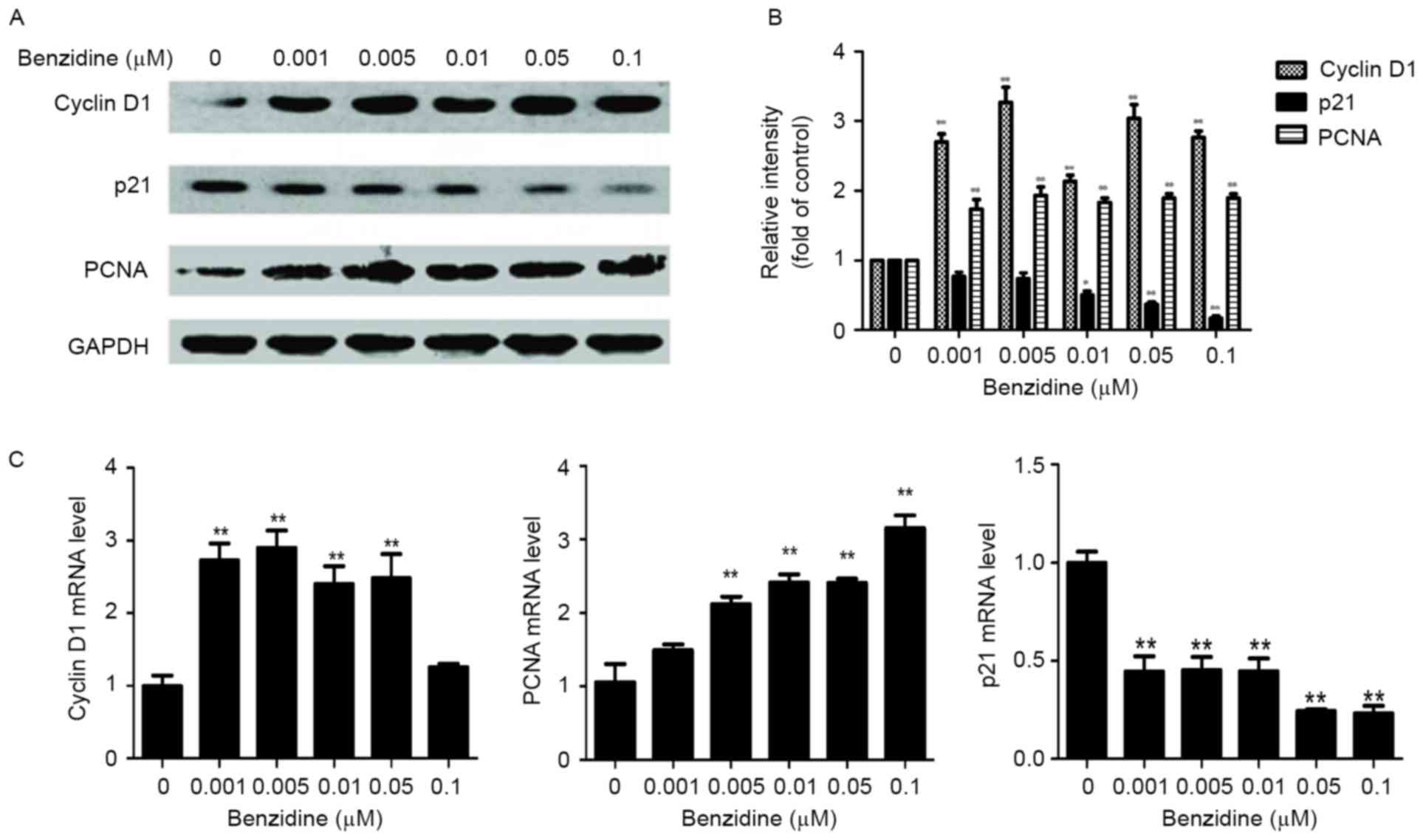
MAPK/AP‑1 pathway regulates benzidine‑induced cell proliferation through the control of cell cycle in human normal bladder epithelial cells

Discovery of Inhibitors for Proliferating Cell Nuclear Antigen Using a Computational-Based Linked-Multiple-Fragment Screen | ACS Omega

A, B Proliferation markers Ki67 or PCNA, co-expressed with the developmental and lineage markers DCX and Prox1, identified SGZ cells as cycling neuronal precursor cells.

Proliferating cell nuclear antigen promotes cell proliferation and tumorigenesis by up-regulating STAT3 in non-small cell lung cancer - ScienceDirect

Three Optimized Methods for In Situ Quantification of Progenitor Cell Proliferation in Embryonic Kidneys Using BrdU, EdU, and PCNA - Rosalie E. O'Hara, Michel G. Arsenault, Blanca P. Esparza Gonzalez, Ashley Patriquen,

Localization of PCNA in SH-SY5Y cells. (A) Localization of PCNA in the... | Download Scientific Diagram

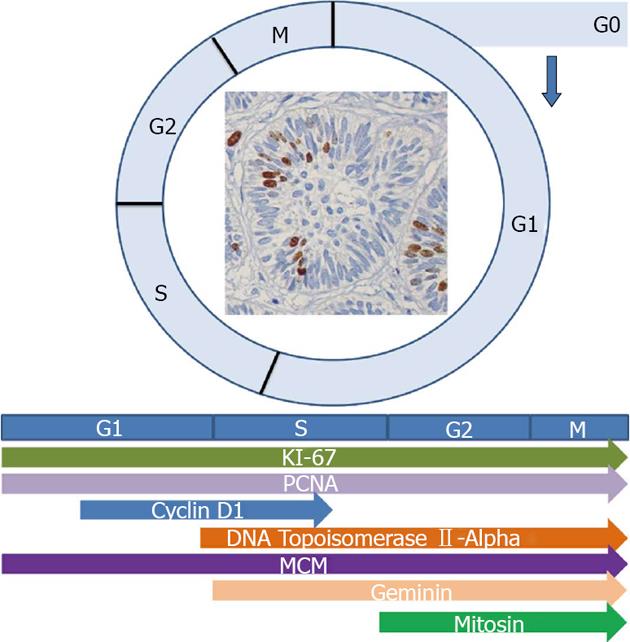
![Anti-PCNA [5E6/2] | Monoclonal Antibodies - Ximbio Anti-PCNA [5E6/2] | Monoclonal Antibodies - Ximbio](https://res.cloudinary.com/ximbio/image/upload/c_limit,fl_lossy,h_282,q_auto,w_368/1a08a0ec-f0a1-468b-9afc-c20a2940fc15.jpg)
